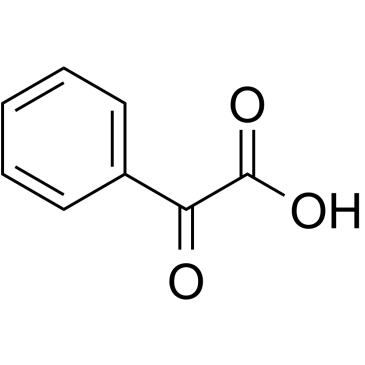Occupational styrene exposure and hearing loss: a cohort study with repeated measurements.
Gerhard Triebig, Thomas Bruckner, Andreas Seeber
文献索引:Int. Arch. Occup. Environ. Health 82(4) , 463-80, (2009)
全文:HTML全文
摘要
Associations between occupational styrene exposure and impairment of hearing function were investigated, guided by three questions: are there hearing losses concerning high frequency and standard audiometric test? Are there dose-response relationships and measurable thresholds of effects? Are there signs of reversibility of possible effects if the workers are examined during times of improvement from their work?A group of workers from a boat building plant, some of whom were laminators, were examined in subgroups of current low (n = 99, mean mandelic acid MA + phenylglyoxylic acid PGA = 51 mg/g creatinine), medium (n = 118, mean 229 mg/g creat.) and high (n = 31, mean 970 mg/g creat.) exposure to styrene. In addition, subgroups chronically exposed to high-long (n = 17) and low-short (n = 34) styrene levels were analysed. The examinations were carried out during normal work days and during the company holidays. Hearing thresholds and transient evoked otoacoustic emissions (TEOAE) were measured. Statistics included multiple co-variance analyses with repeated measures, linear regressions, and logistic regressions.The analyses of all participants demonstrated no clear exposure effects. Particularly no sufficient proof of dose-response relationship measured against parameters of current exposure (MA + PGA, styrene/blood) and of chronic exposure (cumulative and average life time exposure resp.) was found. The analyses of groups exposed to high levels show elevated thresholds at frequencies up to 1,500 Hz among the subgroup exposed to high styrene levels (e.g. 40-50 ppm as average) for a longer period of time (e.g. more than 10 years). These participants also demonstrated signs of "improvement" at frequencies above 2,000 Hz during work holidays, when they were not exposed to styrene. A significantly elevated odds ratio for cases of hearing loss (more than 25 dB (A) in one ear, 3,000-6,000 Hz) was found among the group exposed to high levels (above 30 ppm as average) for a longer period of time (more than 10-26 years). The measurements of TEOAE did not exhibit significant results related to exposure.This study found, that chronic and intensive styrene exposure increases the hearing thresholds. At levels of about 30-50 ppm as an average inhaled styrene per work day over a period of about 15 years with higher exposure levels above 50 ppm in the past, an elevated risk for impaired hearing thresholds can be expected. The formerly published results on ototoxic effects below 20 ppm could not be confirmed. With few exceptions (at frequencies of 1,000 and 1,500 Hz) no dose-response relationship between threshold and exposure data was found. Improvements of hearing thresholds during work- and exposure-free period are possible.
相关化合物
| 结构式 | 名称/CAS号 | 分子式 | 全部文献 |
|---|---|---|---|
 |
苯甲酰甲酸
CAS:611-73-4 |
C8H6O3 |
|
Development of a multi-residue method in a fetal matrix: ana...
2014-12-01 [Anal. Bioanal. Chem 406(30) , 7785-97, (2014)] |
|
Development of liquid chromatography methods coupled to mass...
2015-06-01 [Talanta 138 , 231-9, (2015)] |
|
Copper/alpha-ketocarboxylate chemistry with supporting peral...
2010-04-05 [Inorg. Chem. 49(7) , 3531-9, (2010)] |
|
Simultaneous determination of aromatic acid metabolites of s...
2012-06-01 [J. Anal. Toxicol. 36(5) , 312-8, (2012)] |
|
DNA damage and susceptibility assessment in industrial worke...
2012-01-01 [J. Toxicol. Environ. Health A 75(13-15) , 735-46, (2012)] |